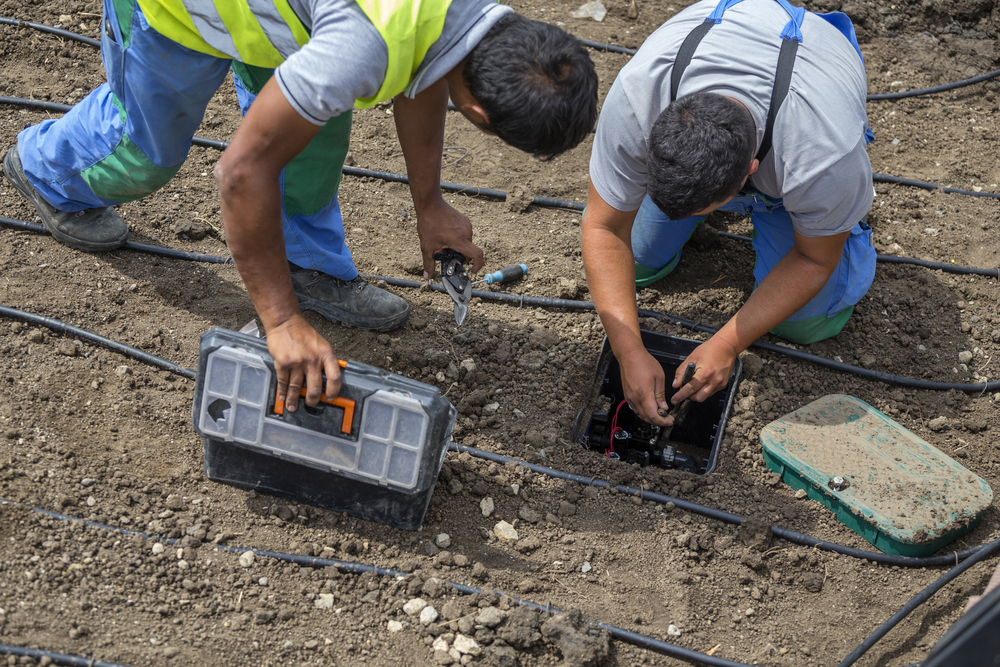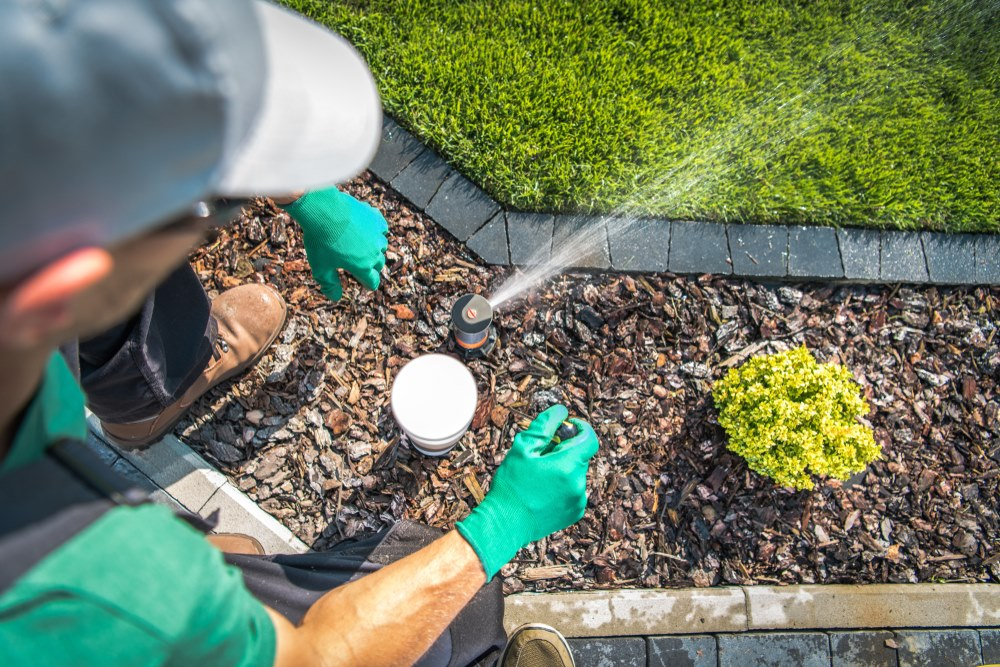In the scorching heat of Austin, Texas, maintaining a lush and healthy lawn can be challenging without an irrigation system. With water being a precious resource, ensuring efficient watering is crucial for the vibrancy of your landscape and conserving this valuable commodity. One of the most effective ways to achieve this is by conducting a comprehensive irrigation inspection.
The Importance of Irrigation System Audits in Austin, TX
 Austin's climate is characterized by hot, dry summers and occasional droughts, making it essential to manage water resources efficiently. Inefficient irrigation systems can lead to overwatering, water wastage, higher utility bills, and potential damage to your landscape. Therefore, irrigation system inspections play a pivotal role in ensuring your lawn receives just the right amount of water it needs to thrive.
Austin's climate is characterized by hot, dry summers and occasional droughts, making it essential to manage water resources efficiently. Inefficient irrigation systems can lead to overwatering, water wastage, higher utility bills, and potential damage to your landscape. Therefore, irrigation system inspections play a pivotal role in ensuring your lawn receives just the right amount of water it needs to thrive.
The Irrigation Inspection Process
A professional irrigation inspection comprehensively evaluates an irrigation and sprinkler system to ensure efficiency, functionality, and compliance with local regulations and best practices. Experts look for missing valves, conduct leak detection tests, and provide sprinkler repairs. It is essential for maintaining healthy landscapes, conserving water, and preventing water waste. However, each irrigation inspection process differs based on lawn maintenance requirements and system specifications. Ask your local irrigation specialist for a step-by-step plan.Rectifying Issues with Professional Irrigation Inspections
After completing the audit, you'll likely identify several issues that need attention:- Uneven Water Distribution: If catch cups show significant variations in water collection, adjust sprinkler heads or add additional ones to ensure uniform coverage.
- Leaky Pipes or Valves: Repair or replace any damaged or leaking pipes, valves, or connectors to prevent water wastage.
- Misaligned Sprinkler Heads: Correct the positioning of misaligned sprinkler heads to ensure they cover the intended area without watering sidewalks or driveways.
- Inefficient Watering Schedule: Modify your watering schedule based on the audit findings and the specific needs of your landscape. Use weather-based controllers for precise control.
- Soil Amendments: Depending on your soil's moisture-holding capacity, you may need to amend it with organic matter or adjust the watering frequency accordingly.
Tips for Scheduling Irrigation Inspections in Austin, TX
 Scheduling irrigation inspections in Austin is essential for maintaining efficient water use in a region known for its hot and dry climate. Properly timed inspections can help conserve water, prevent costly repairs, and ensure compliance with local regulations.
Here are some valuable tips for scheduling irrigation inspections in Texas:
Scheduling irrigation inspections in Austin is essential for maintaining efficient water use in a region known for its hot and dry climate. Properly timed inspections can help conserve water, prevent costly repairs, and ensure compliance with local regulations.
Here are some valuable tips for scheduling irrigation inspections in Texas:
- Know Your Watering Schedule: Familiarize yourself with Austin's watering restrictions. Typically, watering is allowed twice a week in Austin, but specific days and times may vary depending on the season.
- Plan Seasonal Irrigation Inspections: Irrigation systems should be inspected at least once a season, but twice-yearly inspections are ideal. Schedule them in early spring and late summer to prepare your system for changing weather conditions.
- Adjust Watering Times: Austin's climate varies throughout the year, so adjust your irrigation schedule accordingly. Reduce watering during cooler months and increase it during hot, dry spells. Smart controllers can help automate this process.
- Stay Informed: Keep updated with changes in local watering restrictions and irrigation best practices. Local water authorities often provide resources and guidance to help residents maintain efficient lawn treatments.
- Maintain Records: Keep records of your inspections, repairs, and watering schedules. This documentation can be helpful for future reference and in case of any disputes regarding regulation compliance.

